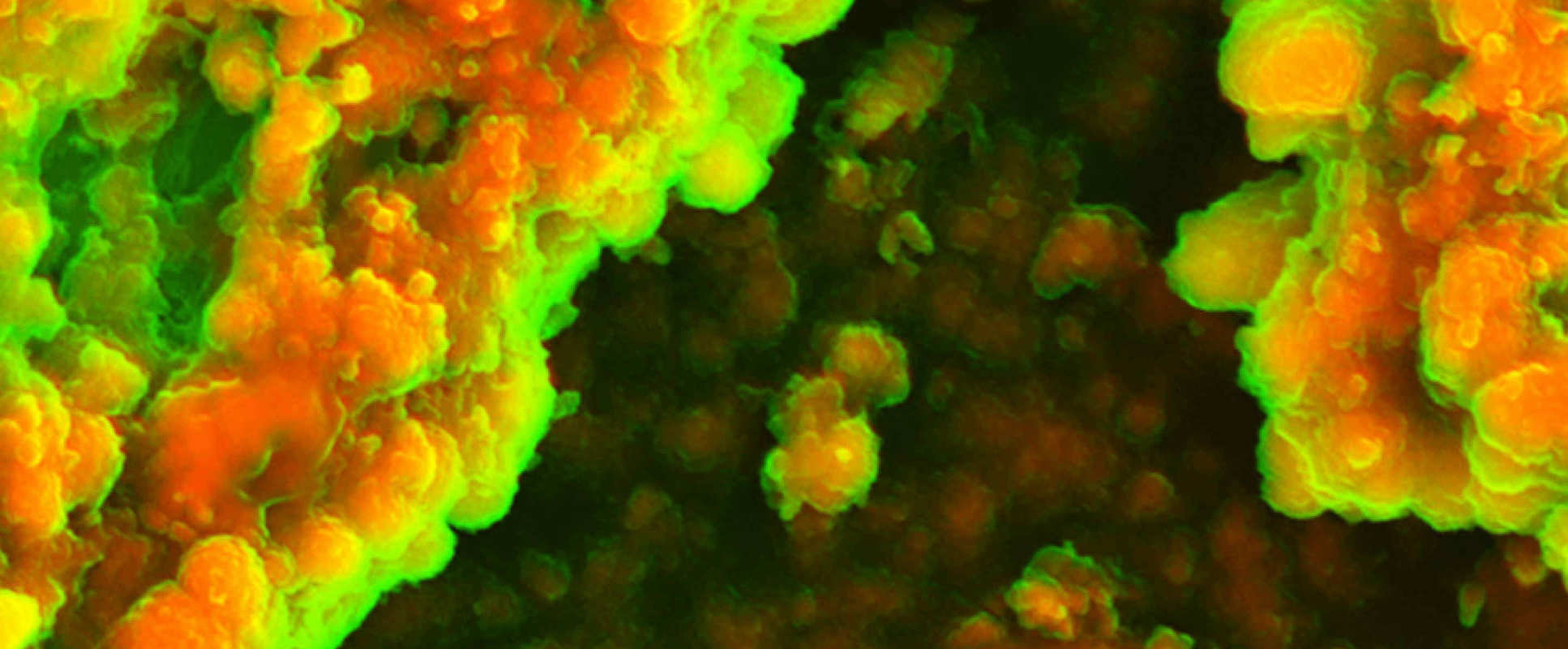BibTex format
@article{Graziani:2020:10.1080/10428194.2019.1695051,
author = {Graziani, G and Herget, G and Ihorst, G and Zeissig, M and Chaidos, A and Auner, H and Duyster, J and Waesch, R and Engelhardt, M},
doi = {10.1080/10428194.2019.1695051},
journal = {Leukemia and Lymphoma},
pages = {875--886},
title = {Time from first symptom onset to the final diagnosis of Multiple Myeloma (MM) - possible risks and future solutions: retrospective and prospective ‘Deutsche Studiengruppe MM’ (DSMM) and ‘European Myeloma Network’ (EMN) analysis},
url = {http://dx.doi.org/10.1080/10428194.2019.1695051},
volume = {61},
year = {2020}
}
RIS format (EndNote, RefMan)
TY - JOUR
AB - Multiple Myeloma (MM) often presents with unspecific symptoms and is challenging to diagnose. We performed this DSMM/EMN-analysis via test-(retro-) and validation (prospective) study to determine the time interval from the onset of first symptoms to the diagnosis of MM. The retrospective and prospective analyses were performed in 101 and 176 patients, respectively. The median time from first symptoms to the MM diagnosis in both cohorts was 4 and 6 months, respectively. Frequencies of MM-related pathologic bone fractures, renal and infectious complications at diagnosis occurred in 41%, 35% and 16% of patients, respectively. Our MM-questionnaire determined that 39% of patients were dissatisfied with the diagnostic process. PFS and OS proved insignificantly different with shorter (≤6) and longer (>6 months) latency periods. In conclusion, our in depth studies demonstrate that delays in diagnosis do not decrease PFS or OS, but induce MM-related complications and influence patients' satisfaction with their medical care.
AU - Graziani,G
AU - Herget,G
AU - Ihorst,G
AU - Zeissig,M
AU - Chaidos,A
AU - Auner,H
AU - Duyster,J
AU - Waesch,R
AU - Engelhardt,M
DO - 10.1080/10428194.2019.1695051
EP - 886
PY - 2020///
SN - 1026-8022
SP - 875
TI - Time from first symptom onset to the final diagnosis of Multiple Myeloma (MM) - possible risks and future solutions: retrospective and prospective ‘Deutsche Studiengruppe MM’ (DSMM) and ‘European Myeloma Network’ (EMN) analysis
T2 - Leukemia and Lymphoma
UR - http://dx.doi.org/10.1080/10428194.2019.1695051
UR - https://www.tandfonline.com/doi/full/10.1080/10428194.2019.1695051
UR - http://hdl.handle.net/10044/1/75220
VL - 61
ER -



